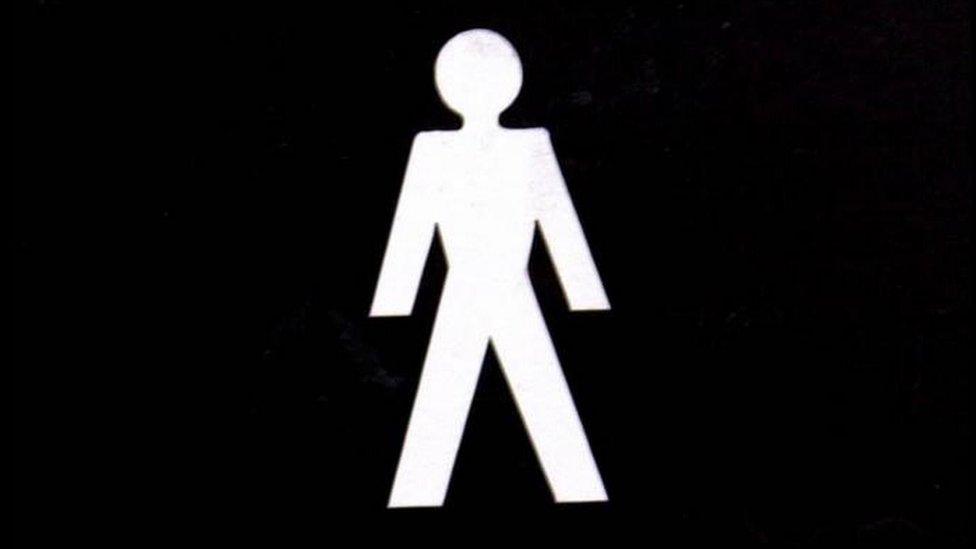General election 2017: Chance of more women MPs in Wales?
- Published
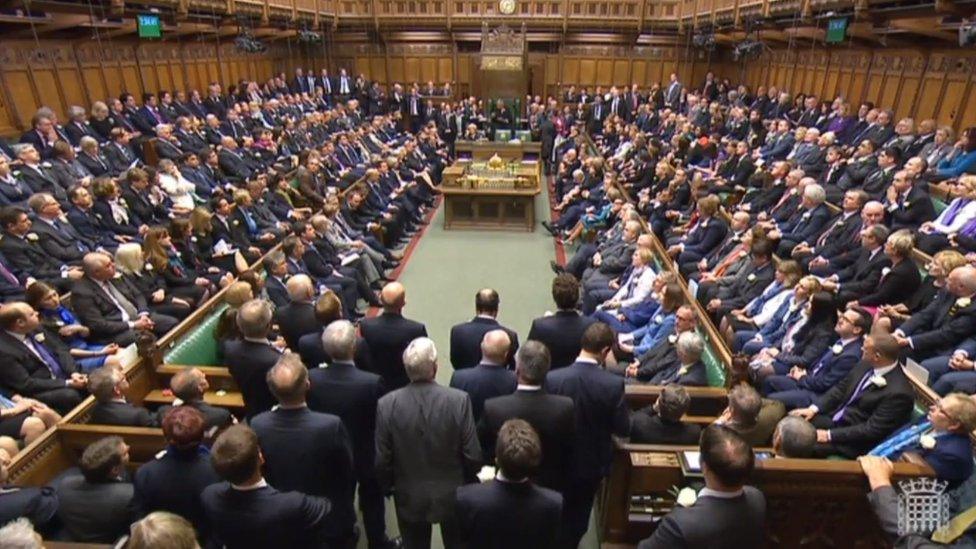
Historically, snap elections are bad news for women's representation - so are we likely to see more female MPs from Wales at Westminster after 8 June?
Diana Stirbu, Jac Larner and Laura McAllister of Cardiff University's Wales Governance Centre investigate.
Shortened processes of candidate selection and the costs and difficulties associated with actually standing for election combine to disadvantage women.
However, in an apparent bucking of this trend, the election will see the highest-ever proportion of women candidates standing across the UK.
A total 41% of Labour candidates UK-wide are female, 29% of Conservatives and 30% of Lib Dems.
Meanwhile, 33% of the SNP's candidates are women and just under 28% of Plaid Cymru's.
What is the status quo?
Women are defending only nine Welsh seats at this election - eight were held by Labour and one by Plaid Cymru.
This means that, in the last parliament, women accounted for 22.5% of the 40 Welsh seats in the Commons.
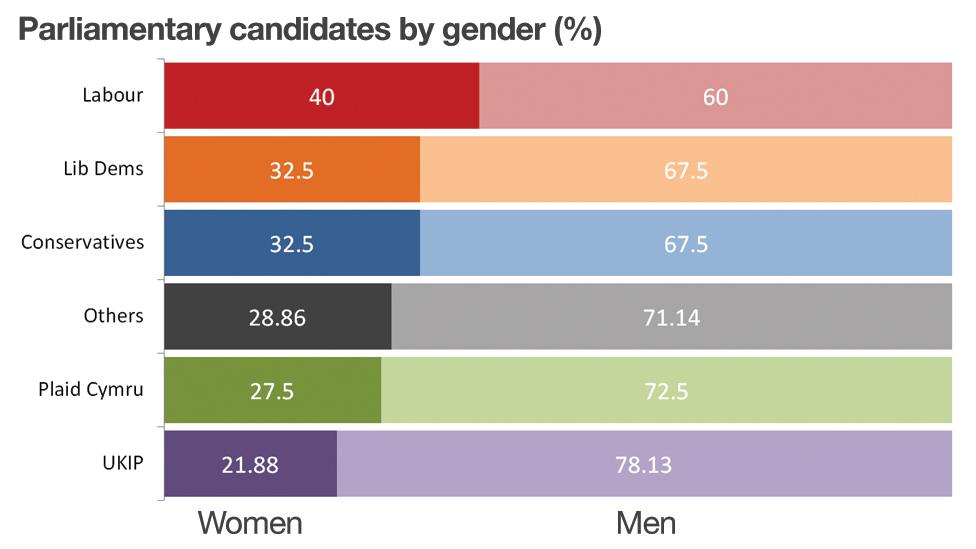
Source: Wales Governance Centre
Labour has been the party that has made most progress since 1997, both by virtue of having the most MPs but also because the party has used all-women shortlists for candidate selection.
In 2015, 32% of Labour's Welsh MPs were women.
At that election, Plaid Cymru elected its first woman MP, Liz Saville Roberts, meaning a third of its small haul of three MPs was female.
In contrast, the Liberal Democrats lost their only woman MP in Wales at the 2015 election - Jenny Willott.
Meanwhile - somewhat shockingly - the Conservatives have failed to ever elect a woman MP in Wales.
Context is important of course. Labour's dominance at elections here has meant the other parties have struggled to win many seats.
But Labour's opponents have also mostly failed to promote women in their few target seats, or those in their possession.
'Some progress'
Candidate selection is an important part of this problem - the parties seem content to sign up to plenty of supportive statements about gender equality.
Yet no party has ever fielded more women candidates than men, or even broken beyond the 40% mark in Wales.
In fairness, there has been some progress across all parties.
All of the main parties in Wales (excluding UKIP) have seen significant increases in the proportion of women candidates they have fielded since 2001.
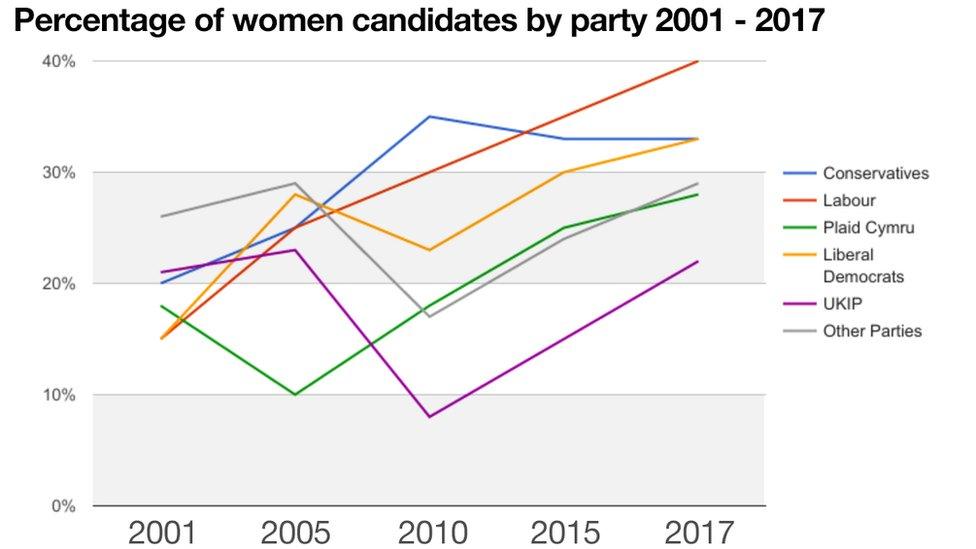
Source: Wales Governance Centre
So where do parties stand this time?
In terms of the percentage of women candidates fielded in Wales, all parties except the Conservatives have increased their number since the 2015 election.
Labour has more women candidates than any other party, 16 out of 40 - eight defending seats and eight challenging.
The Conservatives and Lib Dems have 13 apiece, while Plaid continues its trend of lower numbers of women candidates at Westminster elections with just over a quarter - 11.
This comes after electing its first woman MP in 2015, some 50 years after it gained its first MP.
But, of course, simply fielding women candidates is not enough to substantially change the composition of our representative democratic institutions.
The electoral system used to elect our MPs - first past the post - is an intrinsically majoritarian one.
The margins by which a party has won seats in previous elections are as important as the mood and preferences of people.
Evidently, the marginal seats are the real battlegrounds, yet with an unpredictable political context and an election with incredible fluidity, what constitutes a safe or a marginal seat is incredibly flexible this time.
That seven out of the 40 constituencies will see an all-male contest is quite astonishing.
Cardiff West, Clwyd West, Delyn, Islwyn, Swansea West, Torfaen and Vale of Clwyd do not have a single female candidate.
It does seem strangely anachronistic that, in this day and age, we voters are being asked to choose between a set of exclusively male candidates.
It begs the question: How many all-women slates there are in the UK? Our estimation is that there is only one - Glasgow Central.
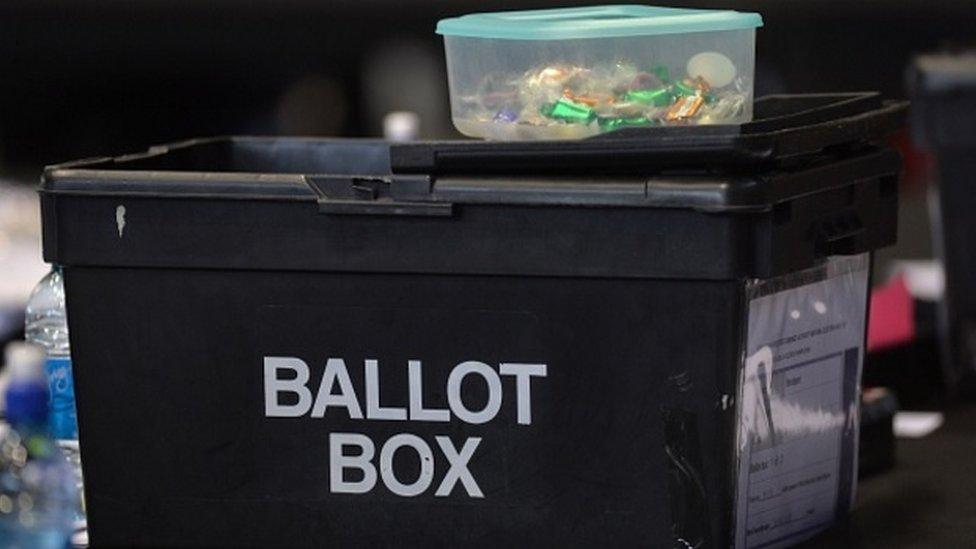
Bridgend is the only seat with a majority of less than 5% that has an incumbent woman MP, Labour's Madeleine Moon.
Her main challenger is another female candidate, Conservative Karen Robson.
Labour's Jo Stevens, with a majority of less than 5,000 in Cardiff Central, is facing a challenge from a Liberal Democrat, Eluned Parrott.
Meanwhile, in both Gower and Cardiff North, Labour women candidates will challenge incumbent male Conservatives, the former with the smallest majority anywhere in the UK.
However, if the Conservatives do see a surge in support across Wales, then other seats with women incumbents could come into play.
Labour's Susan Elan Jones has a majority of 2,402 votes in Clwyd South, putting her seat at risk.
Elsewhere, women are challenging male incumbents in Alyn and Deeside and Newport West.
In Newport East, Labour's Jessica Morden, with a majority of less than 5,000 votes, will be challenged by Natasha Asghar for the Conservatives.
Very safe seats
Other marginal seats, such as Ynys Mon and Wrexham, are less likely to be offer substantial chances to women candidates contesting them.
In Ynys Mon, the Liberal Democrats' Sarah Jackson will contest a race likely to be dominated by three men: Albert Owen (incumbent Labour), Tomos Dafydd Davies (Conservatives) and Ieuan Wyn Jones (Plaid).
Meanwhile in Wrexham, Carrie Harper (Plaid) and Carole O'Toole (LD) are likely to be bit-part players in a contest principally between two men (Conservative and Labour).
Of the 13 very safe seats in Wales (majorities of 18% or more), only two are held by women: Labour's Ann Clwyd in Cynon Valley and Carolyn Harris in Swansea East.
Who would believe that, after the early shock polls and with a week of campaigning to go, we would now be talking of an only marginally increased Conservative majority overall and the possibility of Labour even increasing its seat haul in Wales?
But this is a most unpredictable election which, of course, makes it hard to predict how the position of women will look on 9 June.
However, if the overall number of female MPs from Wales does rise, one thing can be said for sure: It will be down to the wider fortunes and survival instincts of the political parties here more than any systematic and strategic commitment to improving fairer representation.
Short-term gains would mask deeper and more stubborn cultural problems and, whatever the outcome, we should appreciate that it is unlikely to be permanent or secure.
You can find lists of candidates in consistencies across Wales and the UK here.
- Published12 May 2017
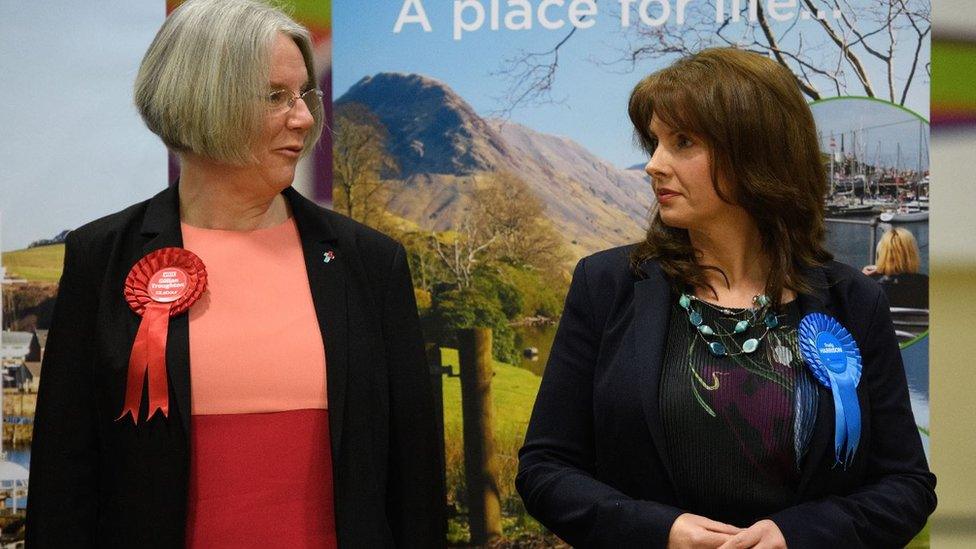
- Published18 May 2017
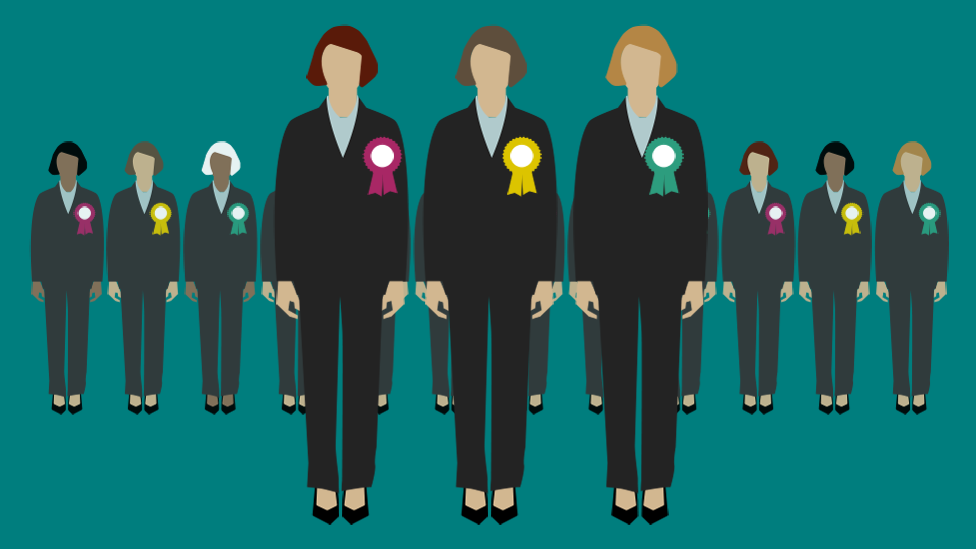
- Published24 May 2017
